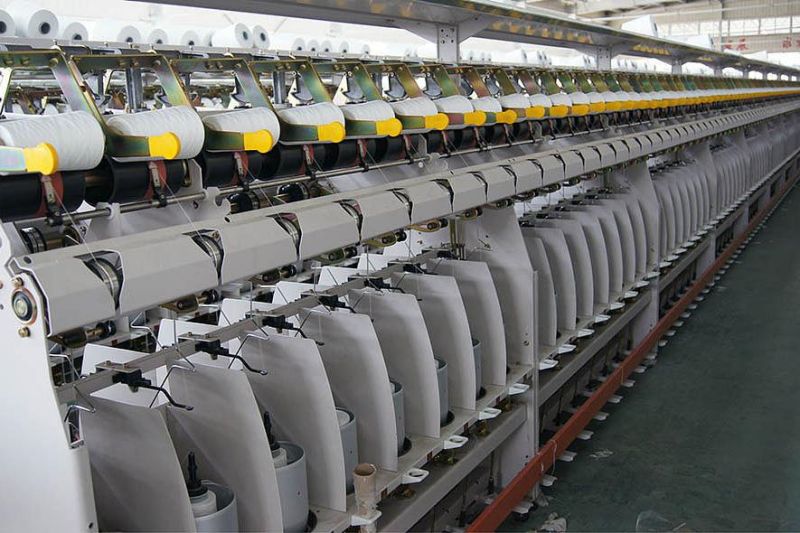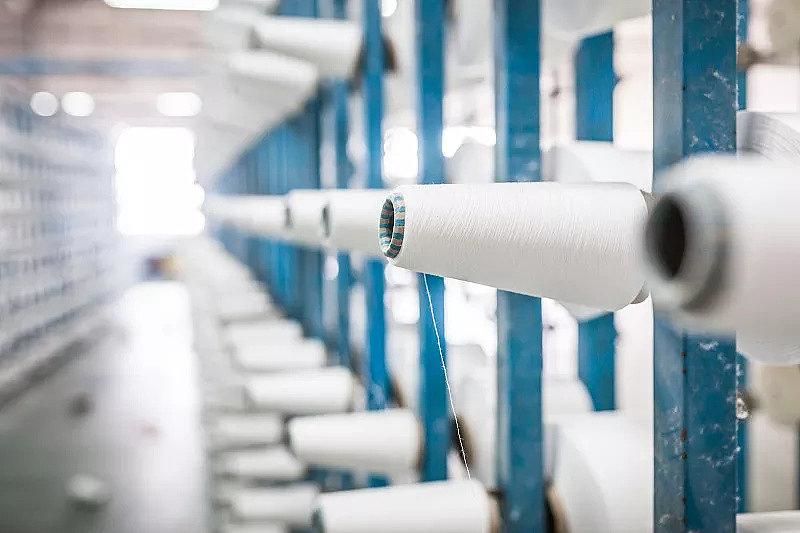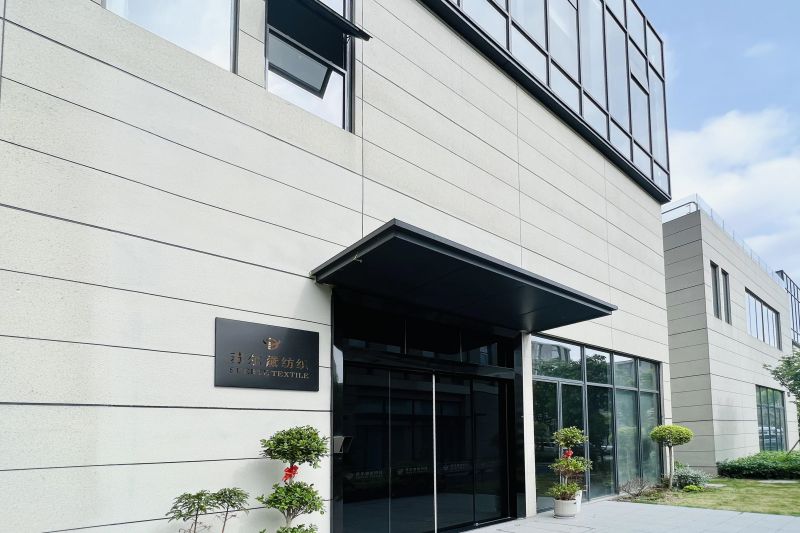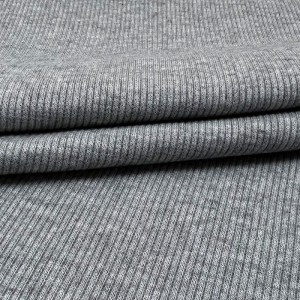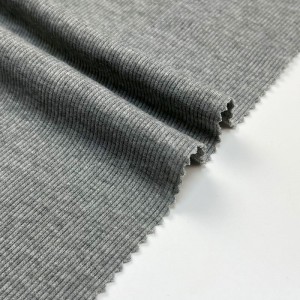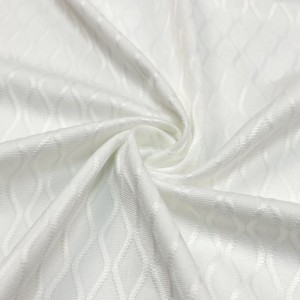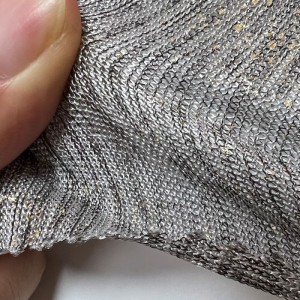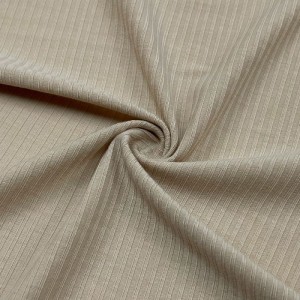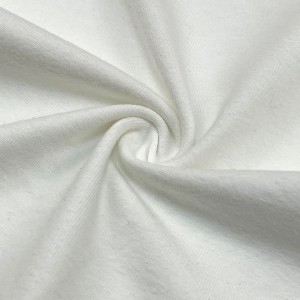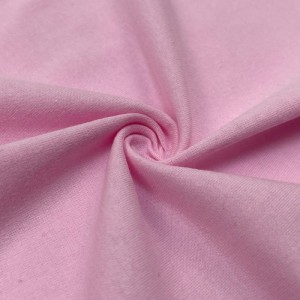Suerte textile wholesale custom grey thick rib knit jersey fabric for garment
Description
One of the key features of ribbed fabric is its 4-way stretch. This means the fabric can stretch both vertically and horizontally, making it ideal for garments that need to move with the body. Whether you're making knitwear or everyday clothing, ribbed fabrics are a great choice.
Another great thing about ribbed fabric is that it can be dyed or digitally printed, which means you can create a variety of colors and designs. This makes it ideal for creating custom garments or unique patterns.
When it comes to clothing, ribbed fabrics are an excellent choice for any garment that needs a tighter fit. Whether you're making leggings, tank tops, or even underwear, ribbed fabric helps create a flattering, comfortable fit. The fabric is also great for warm, cozy clothing such as sweaters, scarves, and hats.
Overall, the ribbed fabric with 4-way stretch is a versatile, comfortable fabric that can be used in a variety of garments. Its elastic properties and ability to be dyed or digitally printed make it an excellent choice for custom or unique designs. So, whether you're a fashion designer or just want to design your own clothing, be sure to consider ribbed fabrics for your next project.
Product Details Picture
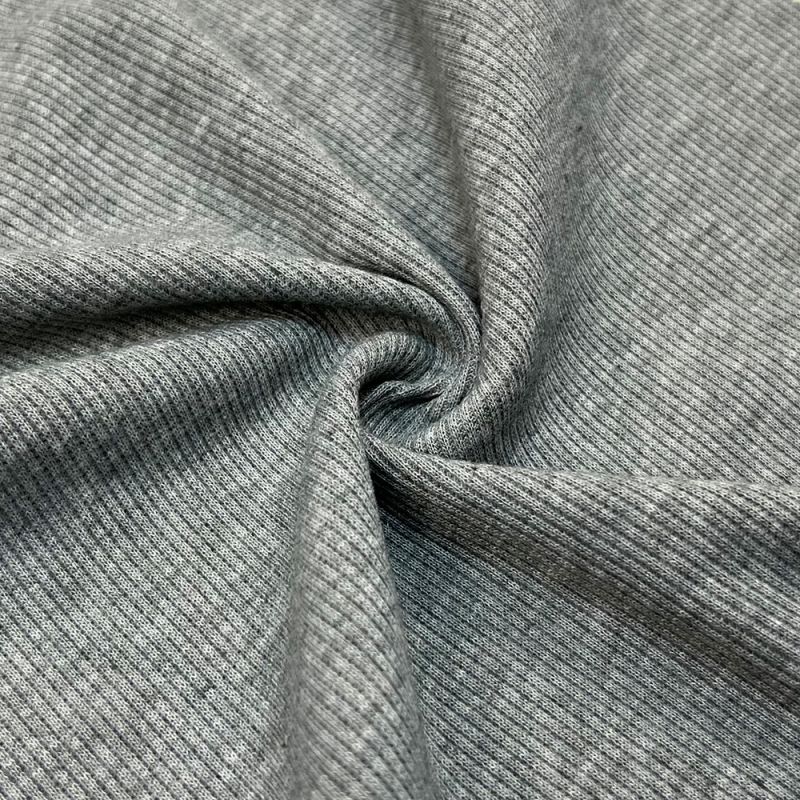
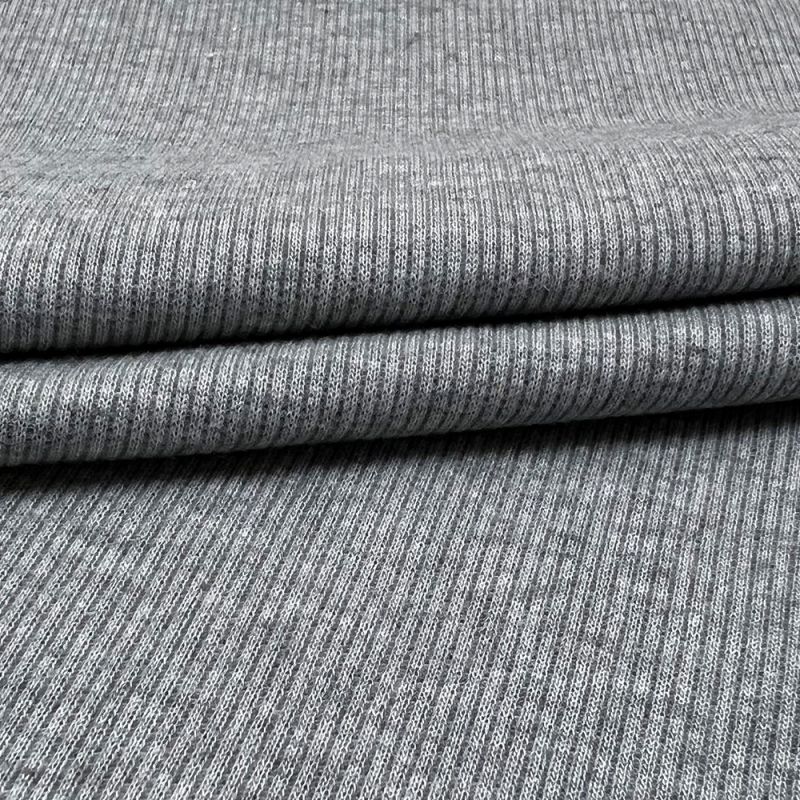
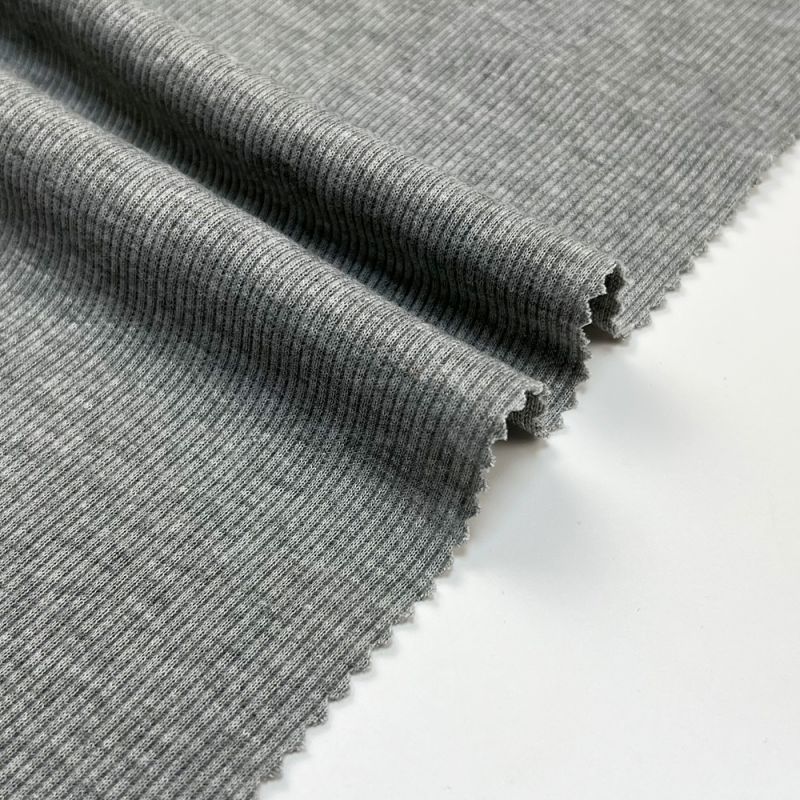
Introduction to Transportation and Packaging
The process of transporting and packaging fabrics is an important part of the textile industry. When transporting fabric from one place to another, it is crucial to ensure that it remains intact and well protected during the journey. The shipping and packaging process of the fabric is crucial as it can determine the quality of the fabric once it reaches its destination.
The first step in the fabric shipping packaging process is choosing the right container. The container should be strong enough to withstand travel and protect the fabric from external elements such as moisture, dust and temperature changes. Depending on the type and amount of fabric, containers may vary from simple cardboard boxes to metal crates.
After choosing a container, the next step is to properly wrap the fabric. The fabric should be wrapped in a protective material such as plastic or paper to prevent it from touching the container walls. This will ensure that the fabric is not damaged during shipping.
Containers must be labeled during packaging to avoid confusion during shipping. The label should contain information such as fabric type, quantity and destination. This will help improve the efficiency of the shipping process and reduce the risk of losing or damaging fabrics.
Before a container is loaded onto a transport vehicle, it should be inspected to ensure it is properly sealed and secured. The transport vehicle should also be appropriate for the type of fabric being transported. For example, if the fabric is delicate or expensive, it is best to transport it on a truck with an air suspension system to reduce the risk of damage during transport.
During transportation, the condition of the fabric should be monitored regularly. This includes checking for temperature, humidity and other environmental factors that can affect fabric quality. If any problems are detected, immediate action should be taken to prevent further damage to the fabric.
Once the fabric reaches its destination, it should be unloaded from the transport vehicle and inspected to ensure it is in perfect condition. Fabrics should be stored in a dry and clean place, preferably in a temperature-controlled environment, until ready to use.
In conclusion, the transportation and packaging process of fabrics is an important aspect of the textile industry. Choosing the right container, packing the fabric correctly, labeling the container, inspecting it before shipping, monitoring its condition during transit and storing it properly once it reaches its destination are all critical. By following these steps, textile companies can ensure their fabrics are in good condition and maintain their quality throughout the shipping process.
Sample Room

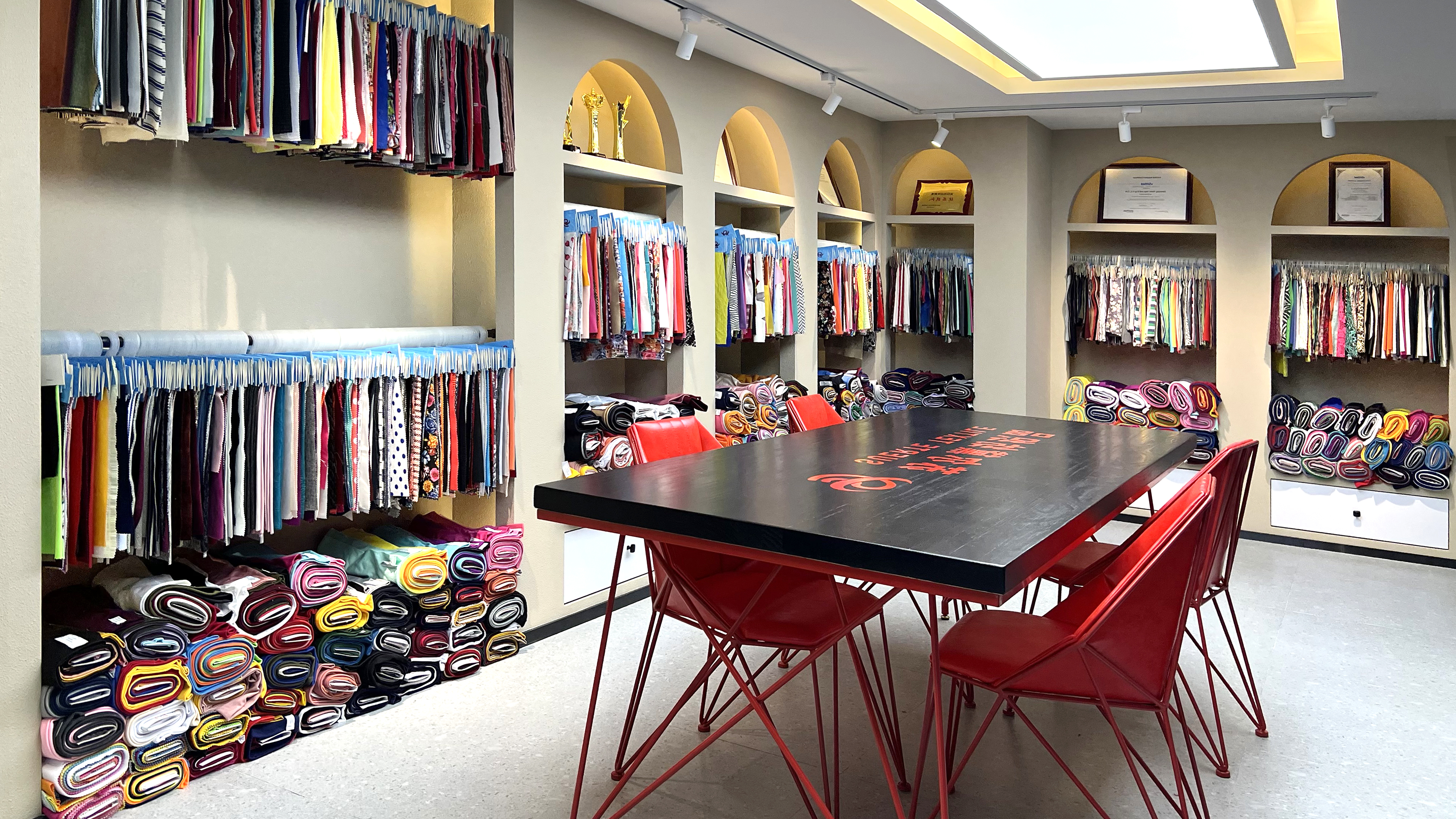

Transportation and Service
Transportation
One of our most popular shipping methods is express delivery. This is the best option for those who need fast delivery of items. We work with reputable couriers to ensure your shipment arrives on time and in good condition. Express shipping is especially useful for urgent deliveries such as medical supplies, food, and other time-sensitive items.
Service
In our company, we have extensive experience in helping companies expand into the Latin American market. We can provide valuable insight into local customs and regulations, and help you connect with key partners in the region. Whether you want to enter new markets or expand your existing business, we can help you achieve your goals in Latin America.
In conclusion, the Latin American market offers numerous opportunities for companies seeking to expand their global presence. By getting to know the countries and ports that often sell in these markets, you can prepare yourself for success in this exciting region. In our firm, we focus on the Latin American market and can provide you with the support you need to succeed. Contact us today to learn more about how we can help you achieve your business goal.
